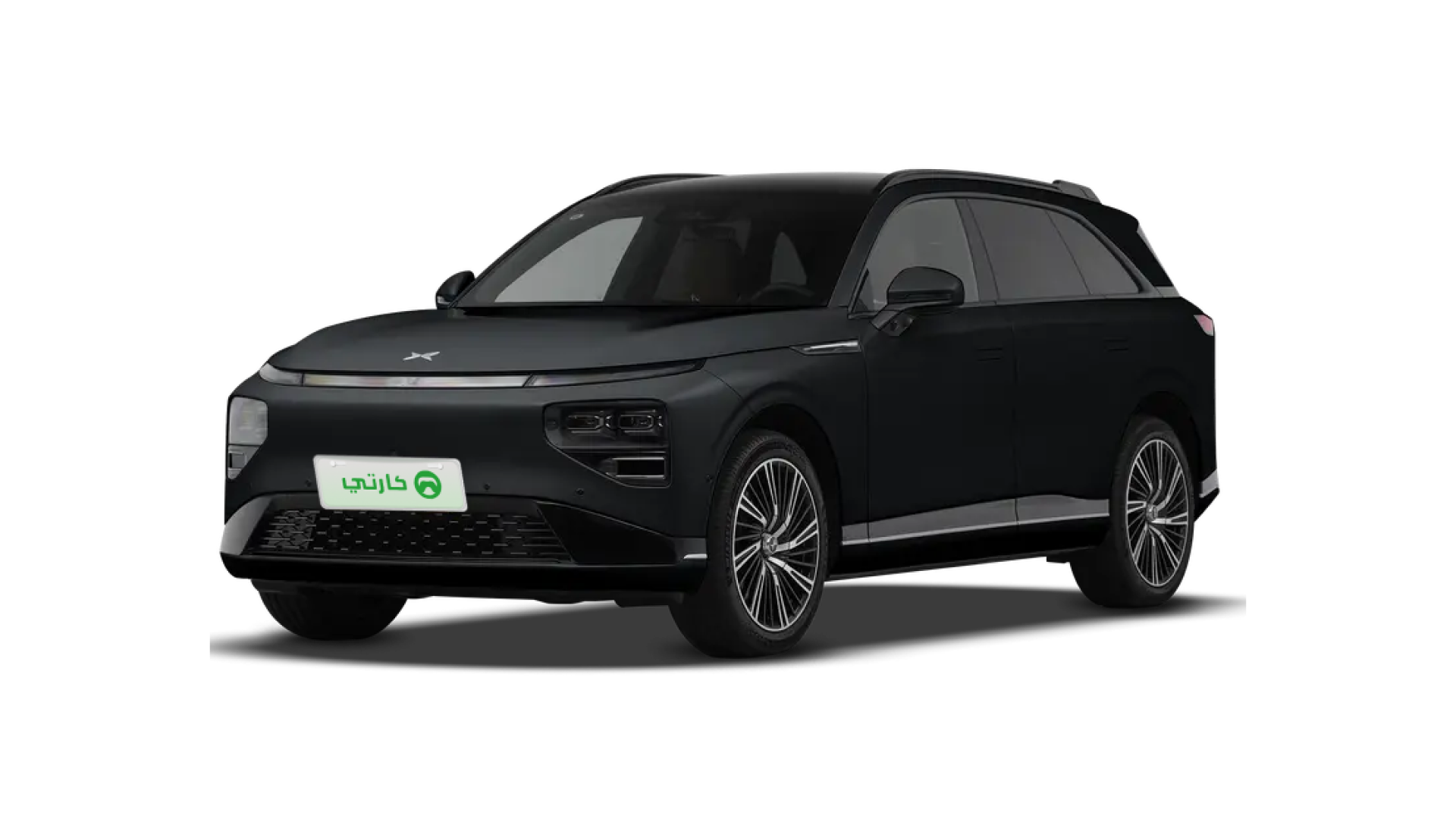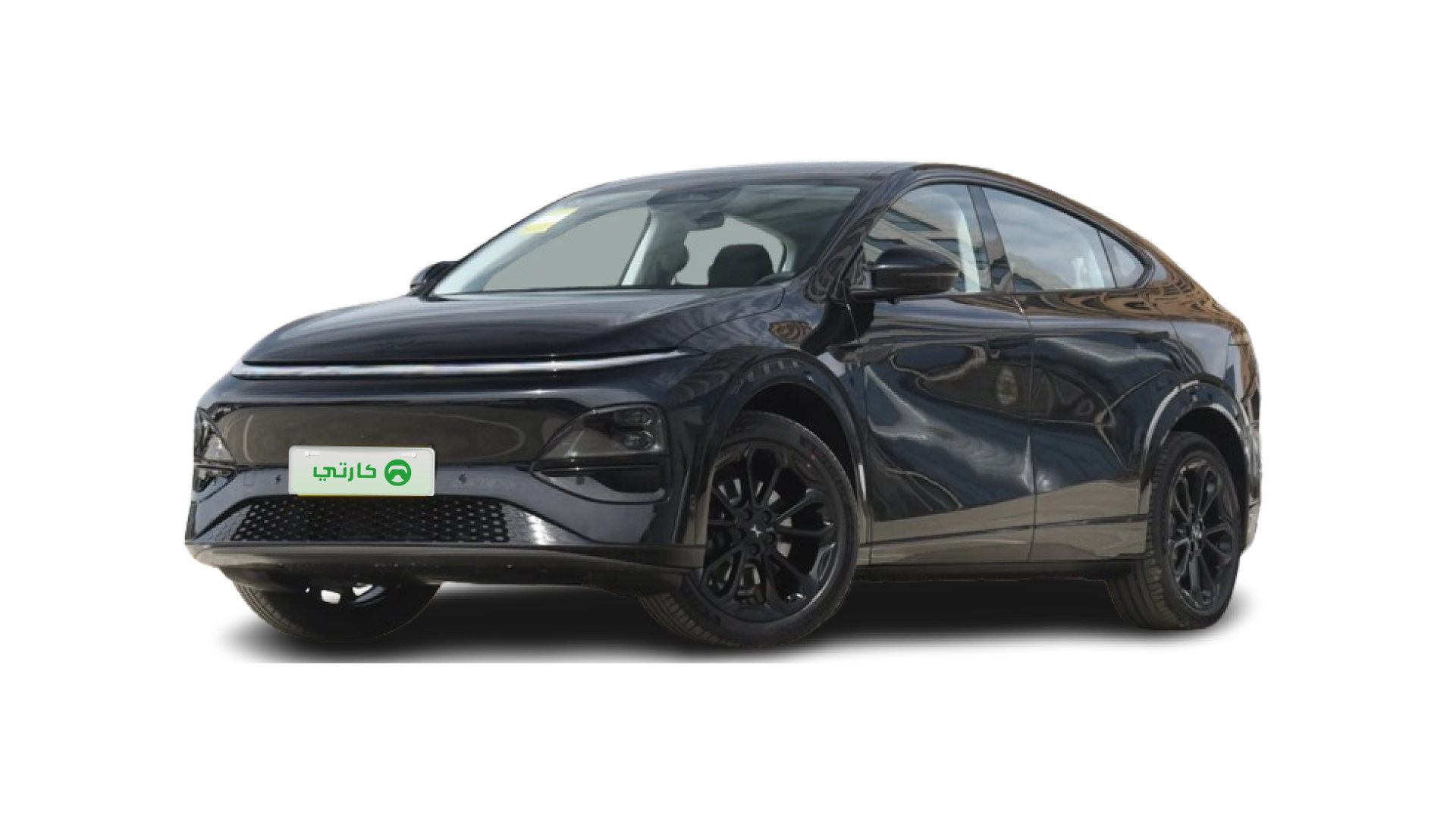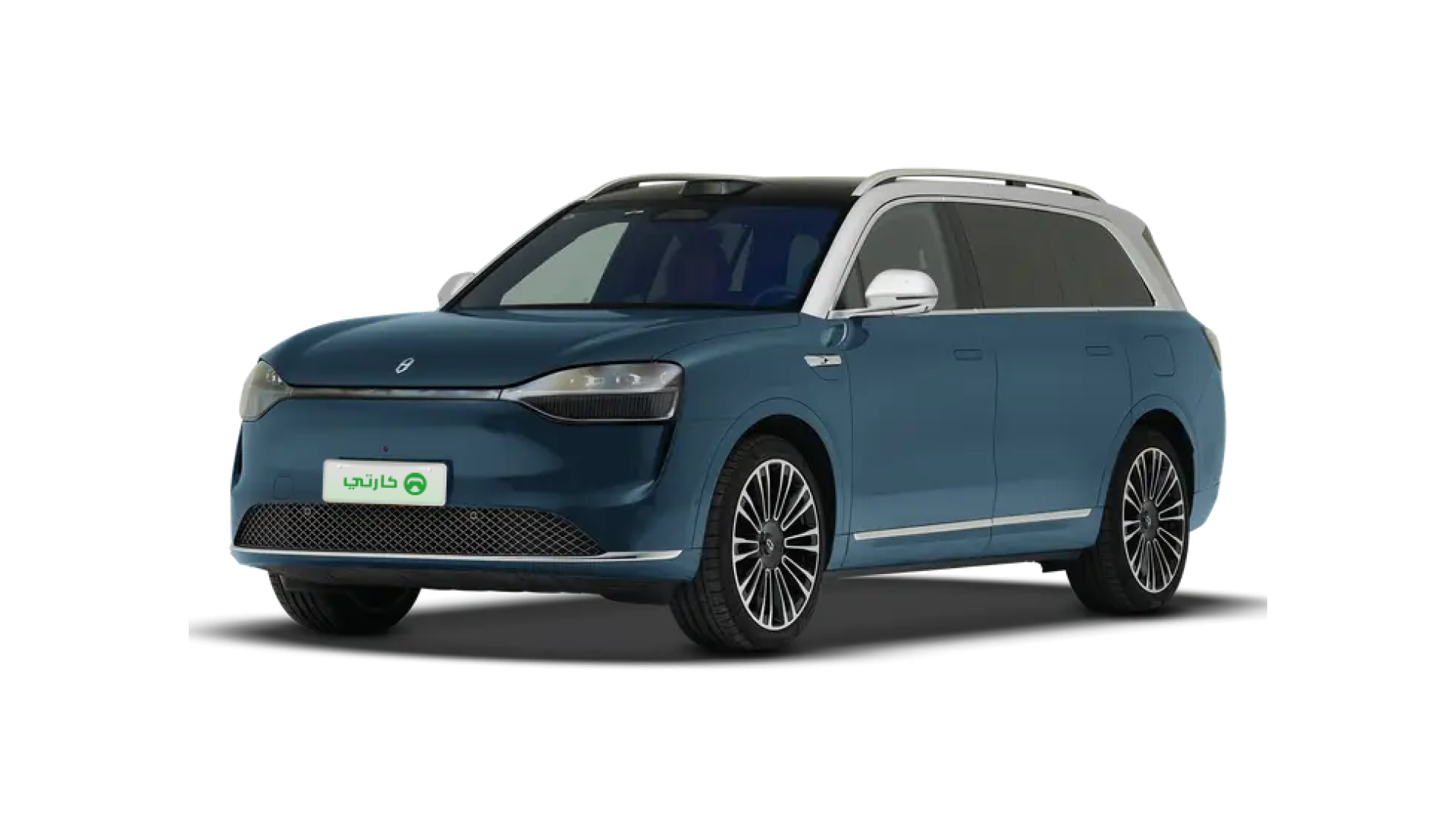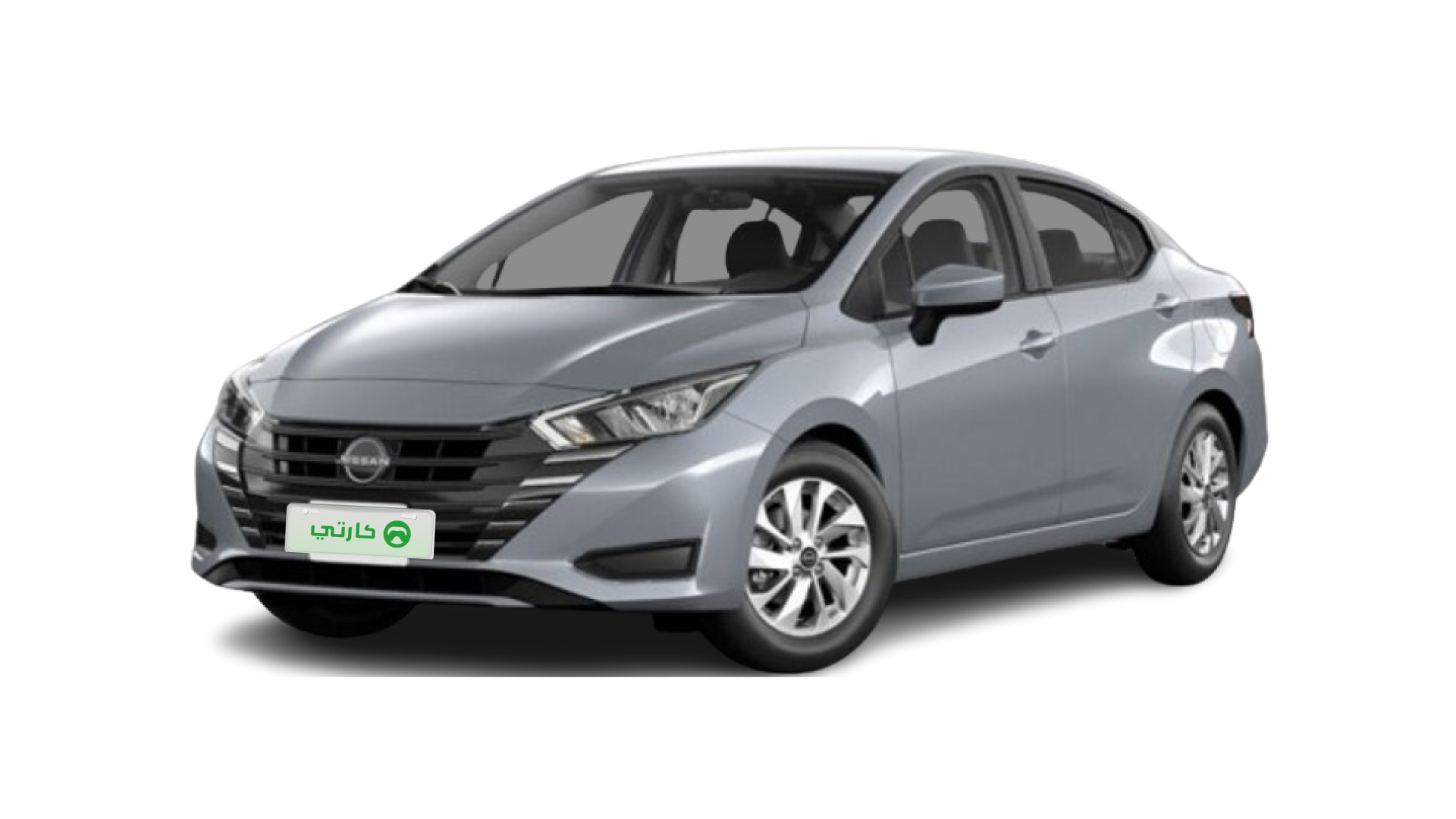Are you curious about the origins of your Audi car? Ever wondered exactly what country your vehicle was made in and how that impacts its quality and performance in 2025? This guide offers deep insights that can help you make a smarter buying decision!
How to Identify Your Audi's Manufacturing Origin

Check Your VIN Number
Every Audi is assigned a unique 17-character Vehicle Identification Number (VIN). This VIN holds crucial details:the first character indicates the country of manufacture (for instance, 'W' points to Germany, while '3' can signal Mexico). By decoding your VIN, you can determine exactly where your Audi was built, making it an essential step in verifying the vehicle origin and ensuring authenticity.
Dealer Documentation Review
When you visit your local UAE dealer, ask for documents that confirm the manufacturing country. Look for the Certificate of Origin, Manufacturer Statement of Origin (MSO), and customs clearance papers. These records provide additional clarity regarding the Audi production facility and allow you to cross-reference details with the VIN decoding process, ensuring that the vehicle adheres to GCC-certified standards.
Audi's Global Production Network (2025 Update)

Primary Manufacturing Bases
You will find that Audi cars are produced in several key locations around the globe. A quick glance at the production table below shows the major manufacturing hubs along with the models they produce and their approximate annual capacities:
Country | Models Produced | Annual Capacity |
|---|---|---|
Germany | A4, A6, e-tron | 500,000+ |
Hungary | Q3, TT | 150,000 |
Mexico | Q5 | 120,000 |
These figures highlight why knowing the Audi car made in which country is important, as different production facilities can affect vehicle quality and maintenance costs.
Emerging Production Facilities
Audi is expanding its production network with new plants set to open by 2025. Upcoming sites include:
South Carolina, USA – producing the new Q6 e-tron
Pune, India – manufacturing A3 and A4 sedans
Jakarta, Indonesia – focusing on the Q2 urban crossover
These emerging locations further diversify the Audi production facilities and reinforce the global strategy to cater to a wide range of markets, including those in the GCC region.
Why Production Location Matters in 2025
 Quality Assurance Factors
Quality Assurance Factors
Verifying the manufacturing country can reveal key quality assurance details. For instance, many German-made models include a high proportion of locally sourced components while vehicles produced in places like Mexico have been known to offer up to 15% lower maintenance costs, which may translate to savings in AED/SAR. Knowing the specifics about Audi production helps you understand potential warranty differences, quality controls, and overall performance benefits.
Regional Adaptation Features
Audi tailors its vehicles to meet the specific needs of various markets. In GCC countries, Audi vehicles often come with enhanced cooling systems, sand-resistant air filters, and UV-protected interiors. These modifications ensure reliable performance on the challenging local terrain while aligning with GCC certification standards, giving buyers peace of mind knowing their car is optimally designed for the region.
Future of Audi Manufacturing (2025 Projections)

Electric Vehicle Production Shift
As the automotive industry edges toward electric mobility, Audi is converting several factories for EV-exclusive production by Q3 2025. Planned shifts include:
Brussels, Belgium focusing on e-tron models
Neckarsulm, Germany dedicated to the e-tron GT
San José Chiapa, Mexico set to produce the upcoming Q6 e-tron
This strategic transformation underlines the importance of understanding where your Audi car is made, especially if you are investing in the future of electric vehicles.
Localization Strategies
Audi is increasingly embracing localization to boost the efficiency and availability of parts for GCC markets. Components for UAE-sold Audis now include items from Turkey (electronics), South Africa (engine components), and India (interior textiles). This approach not only cuts delivery times but also ensures that vehicles fully comply with the local environment and GCC standards.
FAQ

1. How can I verify the origin of my Audi car?
Decoding the VIN is your first step in confirming the manufacturing country of your Audi. Additionally, reviewing dealer documentation such as the Certificate of Origin and Manufacturer Statement of Origin provides further validation. These checks ensure that you know exactly which Audi production facility built your vehicle. Verifying the production origin can help determine the kind of quality and inherent features specific to that location. This information is particularly valuable when comparing costs and benefits for vehicles in the GCC region.
2. What role does the manufacturing country play in my Audi’s performance?
The country of manufacture can influence the quality of materials used, production standards, and even the design adaptations made for regional conditions. For example, German-manufactured Audis might feature different engineering details compared to their Mexican or Hungarian counterparts. This matters because variations can affect maintenance costs, warranty services, and even resale value. Understanding these differences helps you make an informed purchase decision tailored to GCC market expectations.
3. Are there unique features for GCC markets in Audi vehicles?
Yes, Audi customizes vehicles for markets like the UAE by integrating features that address local environmental challenges. You may find enhanced cooling systems, robust air filters to ward off sand, and UV-protected interiors among GCC models. These adaptations are designed to meet GCC certification standards and enhance comfort and durability. Knowing these regional adaptations can add confidence to your purchasing process as well as tailor service and maintenance plans.
4. Will the shift to electric vehicle production impact the types of Audi vehicles available in the GCC?
Audi’s move towards EV-exclusive production by 2025 means you can expect a broader range of electric models tailored for modern driving demands. This transformation is backed by upgrades from renowned production facilities, which ensures that quality and performance remain consistent. For GCC buyers, this shift also implies enhanced availability of sustainable and technologically advanced vehicles. However, it’s wise to confirm with your local dealer regarding availability and any specific adaptations for the local environment.
This article is for reference only. Please abide by local laws and regulations.
Read more:
What Makes the Rolls-Royce Tail Luxury Car for UAE’s Elite?

Mustafa Karim, having been deeply involved in automotive research and development for over ten years. He is fond of Japanese cars, and their precise and energy-efficient features have influenced him. In his spare time, he loves Japanese anime and kendo, drawing inspiration from them for control system research and development. He also often shares cutting-edge automotive knowledge on platforms, contributing to industry innovation and adding strength to automotive development with his expertise.












